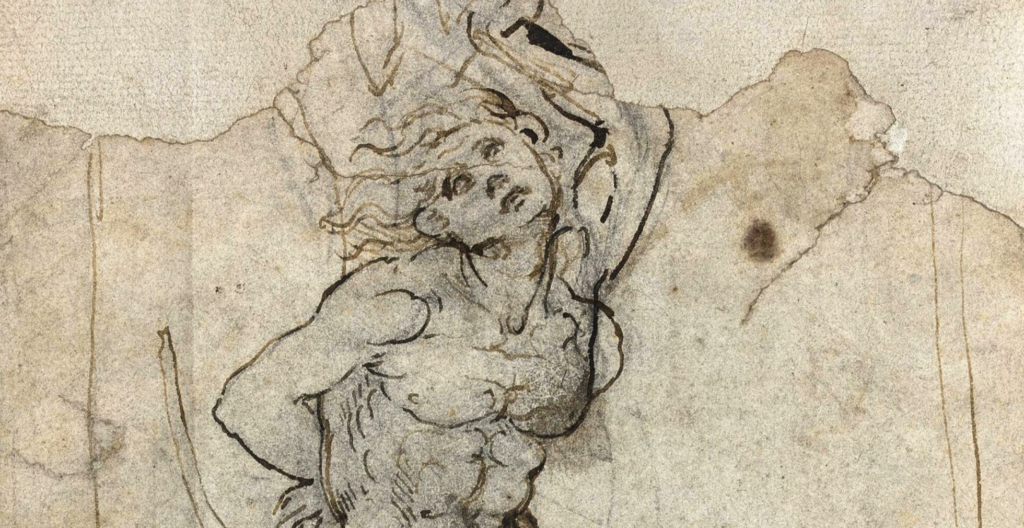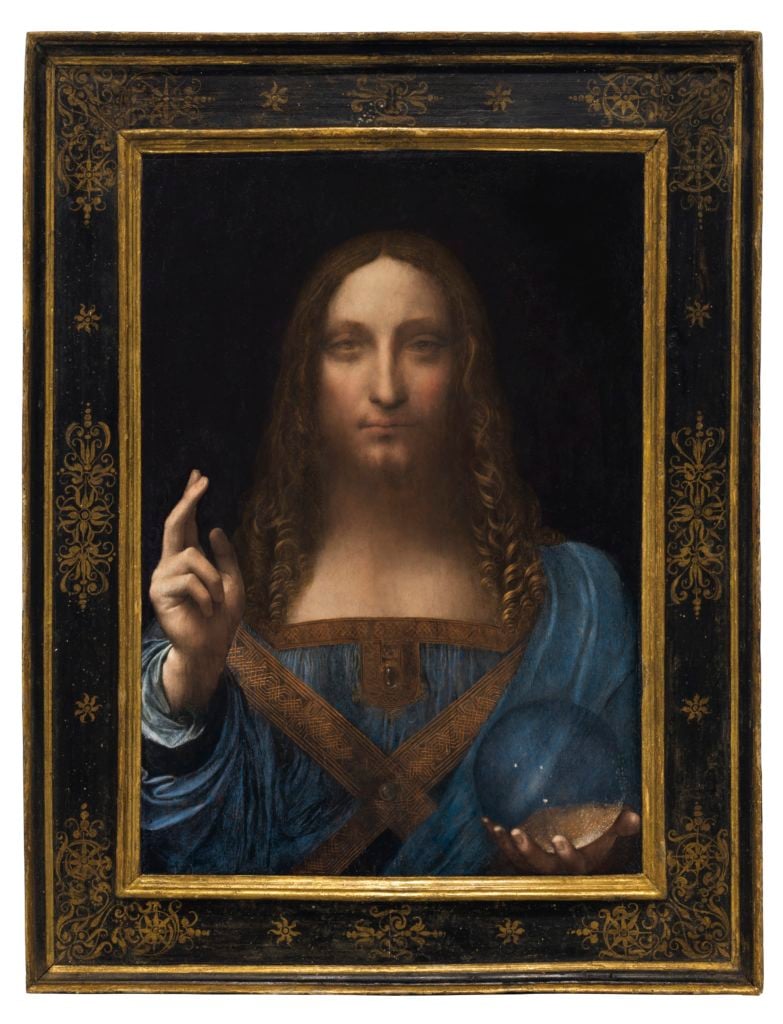Auctions
Hoping for a ‘Salvator Mundi’ Bump, a Paris Auction House Is Testing the Market for Leonardo’s Drawings
A Leonardo drawing could sell for as much as $68 million, smashing the previous auction record for the artist's works on paper.

A Leonardo drawing could sell for as much as $68 million, smashing the previous auction record for the artist's works on paper.

Sarah Cascone

Last November, Leonardo da Vinci rewrote art-market history when the rediscovered Salvator Mundi sold for $450.3 million at Christie’s New York, obliterating the previous record for a work of art at auction. Now, that market breakthrough seems poised to trickle down to sales of the artist’s works on paper, especially as we approach the 500th anniversary of his death, in May 1519.
Paris auction house Tajan has high hopes for its June 19 sale of a rediscovered Leonardo drawing from 1492, which they believe could fetch as much as €30 million–60 million ($34 million–68 million). The two-sided pen-and-ink drawing shows Saint Sebastian tied to a tree on one side and scientific studies of candle light on the other.
According to the artnet Price Database, the auction record for a work on paper by the Renaissance master has stood at £8.1 million ($11.48 million) since 2001. When that work, Horse and Rider, sold at Christie’s London it was the last time that a drawing by Leonardo himself, rather than a copy or a work by one of his followers, came to market. The second priciest Leonardo drawing ever sold at auction was back in 1989, with the $5.97 million sale of Personnage agenouille, tourné vers la gauche at Sotheby’s Monaco.
It was Tajan Old Master specialist Thaddée Prate and French art dealer Patrick de Bayser who identified the drawing being sold next year as a bona fide Leonardo after coming across it in a private French collection in March 2016. At the time, with only the 2001 sale to go on, the auction house pegged the drawing’s value at €15 million (about $15.8 million). But in the wake of the Salvator Mundi sale, the auction house began receiving calls from potential buyers, and started to reassess the market.

The back of the drawing attributed to Leonardo da Vinci. Courtesy of Tajan.
And while some scholars still doubt whether or not Leonardo actually painted Salvator Mundi, or if any of his original brushwork remains after centuries of overpainting and restoration, the drawing being sold by Tajan is less clouded by controversy. (Purchased for the Louvre Abu Dhabi by the Saudi royal family, Salvator Mundi has yet to go on public view—a much-touted show was postponed earlier this year, and the work is not mentioned in a recent announcement of the museum’s planned 2019 exhibitions.)
“The attribution of the St. Sebastian drawing to Leonardo is absolutely solid,” Carmen Bambach, curator of prints and drawings at New York’s Metropolitan Museum of Art told the New York Times. “The inscription fits perfectly well with his manuscripts and style of handwriting, and the drawing of the saint is complementary to other drawings of the subject that are already known.”

Leonardo da Vinci’s Salvator Mundi. Courtesy of Christie’s Images Ltd., 2017.
There is one other hurdle for the drawing, however, as the French government has designated the work a “national treasure.” That means that no matter how much a monied collector is willing to pay for the drawing, it could instead be snapped up by the French state, which has 30 months to match whatever price it fetches on the international market. Should the Louvre in Paris and the Ministry of Culture choose not to intervene, the drawing would be eligible for export at the end of June.
Thanks to the Leonardo’s deathday celebrations, 2019 is poised to be a big year for the artist, with a 12-venue UK show, “Leonardo da Vinci: A Life in Drawing,” opening in February, and a major show at the Louvre in the fall.